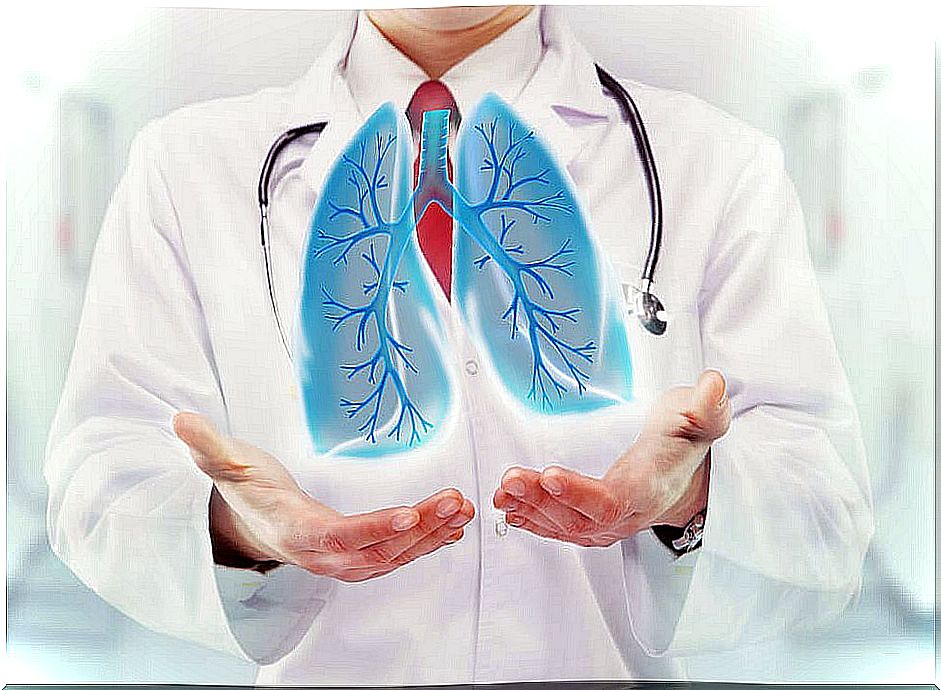Hantavirus Infections
We are currently experiencing a pandemic caused by the coronavirus. Due to this situation, everyone has been put on alert and has begun to document themselves, fearing that this situation will repeat itself. As a result, hantavirus infections have become popular.
Hantaviruses are a family of viruses found in different types of rodents around the world. Despite the fact that human infections by this virus are rare, its incidence is increasing and that is worrying the population.
This virus is present in the urine and feces of rodents. In this way, for a person to be infected, they must be in contact with these animals and their droppings. This infection can cause two types of syndromes: pulmonary and renal.
The two syndromes have been more clearly identified in some areas of the planet than in others. In this article we explain everything you need to know about hantavirus infections.
Where have hantavirus infections occurred?
As we have mentioned, hantavirus infections are quite rare. It was first detected in the United States in 1993. Usually, sporadic or isolated cases occur within a country.
This is so because the virus is transmitted mainly through contact with the droppings of infected rodents. Specific outbreaks with human-to-human transmission have been recorded, for example in Argentine Patagonia. It is true that it can be spread by inhaling the air contaminated by the virus.
It has been proven that in areas where there is a lot of dust, the transmission of this virus is favored. As we have pointed out, hantavirus is usually differentiated according to the clinical syndrome it produces.
In this way, the hantavirus that was discovered in the United States produced a pulmonary syndrome. Cases occurred in Canada and other countries in America. On the other hand, hantavirus renal syndrome was mainly identified in Europe, China and Korea, although it spread to other areas.

What symptoms does the infection produce?
Hantavirus infections often express common symptoms, such as a sudden fever and headache. Normally, the infection is expressed about 2 weeks after having had contact with the virus.
There is also usually diarrhea, vomiting, and general muscle pain. The most common is that the symptoms remain for 4 or 5 days, although cases have been documented where they have lasted up to 15 days.
In addition to these symptoms, hantavirus infections can lead to pulmonary syndrome or kidney syndrome. In the case of those who develop a pulmonary syndrome, the symptoms are similar to the coronavirus infection.
That is, there is a cough and shortness of breath. It is a serious condition that causes death in almost half of the cases. This occurs because fluid builds up around the lungs, seriously affecting lung capacity.
Kidney syndrome
Within hantavirus-infected people who develop kidney syndrome, we also find different levels of severity. Some people usually have a mild and almost asymptomatic infection.
However, there are cases in which the symptoms are aggravated. What happens is that there is a drop in blood pressure and, as a result, kidney failure develops. In these cases, it is common to find blood in the urine.

How are hantavirus infections diagnosed and treated?
In order to diagnose this infection, it is very important to know the patient’s medical history in detail. The doctor should know if he has been in an area where there are many rodents or in contact with their droppings.
A blood test is usually done to check for the presence of the virus and also to see if the kidney or lung is involved. Treatment will depend on the symptoms and the specific syndrome that is expressed.
Generally, pulmonary syndrome usually requires oxygen and mechanical ventilation. In the case of kidney syndrome, dialysis is sometimes necessary. However, it all depends on the severity of the infection and the medical decisions made in each case.









